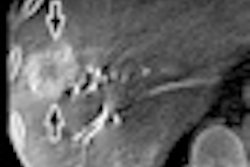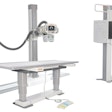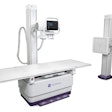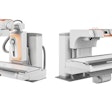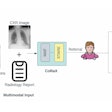Wednesday, November 28 | 5:30 p.m.-6:00 p.m. | LL-CHS-WE1D | Lakeside Learning Center
In this poster presentation, Italian researchers will describe how they use digital tomosynthesis to characterize suspicious chest lesions, avoiding the use of CT and sparing patients radiation dose.Digital tomosynthesis has been held up as a possible gatekeeper technology that could help radiologists characterize suspicious chest lesions found on conventional radiography without sending them on to CT, which confers a higher radiation dose. But few studies have actually investigated the effectiveness of this approach, according to Dr. Emilio Quaia from the University of Trieste.
"Previous studies have shown that digital tomosynthesis versus chest radiography improved sensitivity in the detection of CT-proven lung nodules, and that digital tomosynthesis provides high diagnostic accuracy and confidence in confirming or ruling out those pulmonary lesions suspected on chest radiography by improving pulmonary lesion conspicuity," Quaia wrote in an email to AuntMinnie.com. "Digital tomosynthesis could be considered a problem-solving technique in those patients with suspected pulmonary lesions on chest radiography and could be used in place of CT."
Quaia's team decided to test the theory in a group of 465 patients (263 male, 202 female) with suspected thoracic lesions. Patients first received chest radiography and then digital tomosynthesis, and images were read by two experienced radiologists, who scored them on a five-point scale.
Digital tomosynthesis identified 232 thoracic lesions; the remaining 233 lesions were classified as benign and considered to be pseudolesions. Only 338 patients went on to receive CT, because digital tomosynthesis confirmed the presence of true pulmonary noncalcified lesions.
The researchers also recorded the radiation dose delivered with all three modalities used in the study. The found a mean effective dose of 0.06 mSv for chest radiography, 0.107 mSv for digital tomo, and 3 mSv for CT.
"Digital tomosynthesis allowed us to exclude all pseudolesions initially considered as potential thoracic lesions on the preliminary onsite assessment of chest radiography and allowed us to exclude pulmonary lesions deserving CT assessment in about three-fourths of the patients," Quaia concluded.






